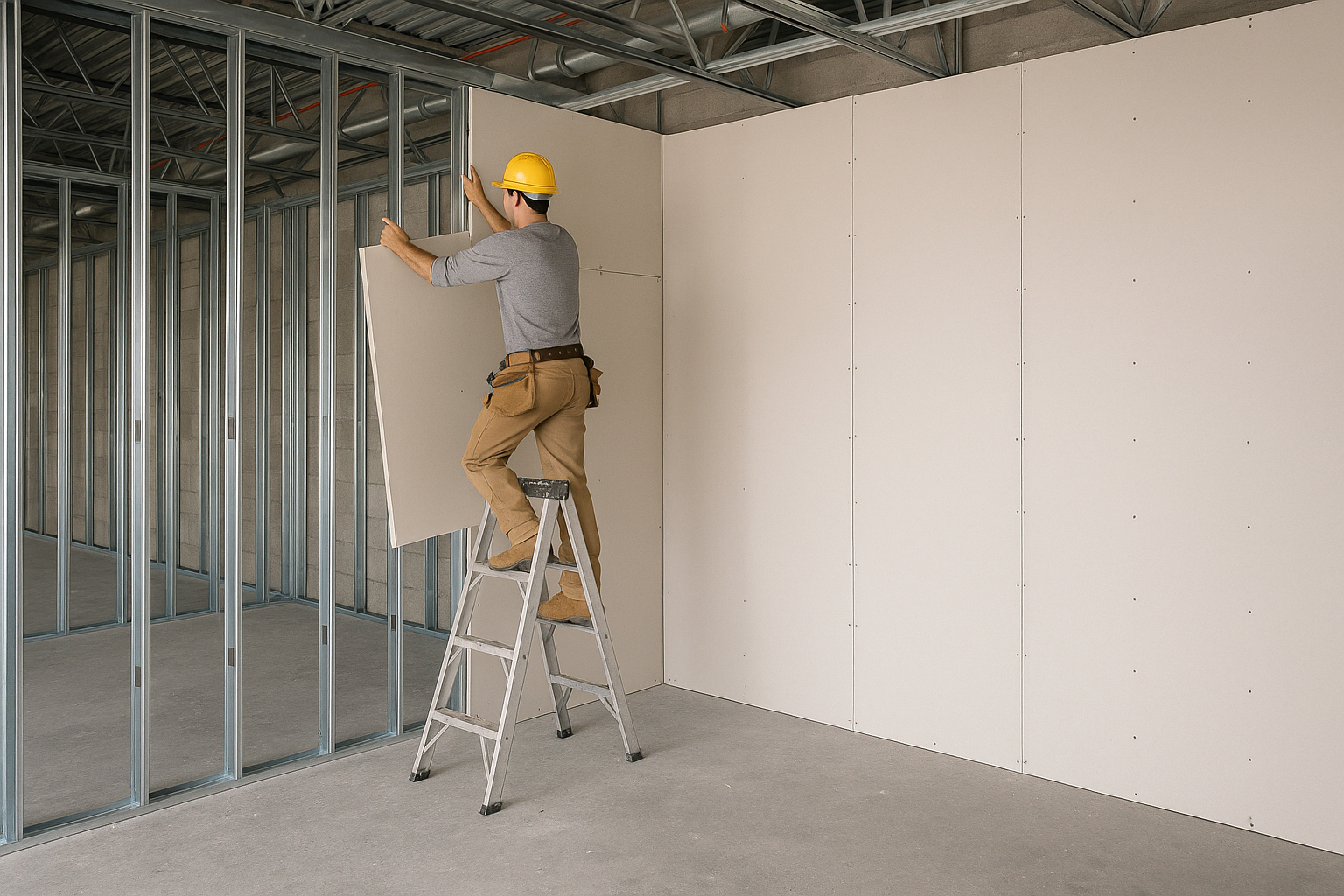
In today’s fast-paced construction environment, copy-paste estimating practices—often seen as time-saving shortcuts—can introduce critical risks into project planning, particularly in drywall estimation. Relying on historical spreadsheets or duplicating prior project data without careful verification may result in flawed budgets, misaligned scope assumptions, and unexpected cost overruns. These gaps become even more problematic on complex commercial or institutional projects where every layer of drywall affects coordination, fire ratings, and labor sequencing.
Drywall scope is typically high-volume, detail-driven, and sensitive to design evolution. Yet many estimators still rely on manual processes like reusing old Excel files or pulling incomplete data from PDFs. While this may appear efficient on the surface, the hidden risks include:
Errors introduced by hasty or unverified duplication aren’t limited to line items. They affect trust with owners, risk preconstruction timelines, and cascade into field productivity issues. Drywall subcontractors particularly suffer when quantities are underestimated or production assumptions are unrealistic. This can lead to:
In short, copy-paste estimating does not scale to meet the demands of modern drywall projects, especially under design-build or fast-track delivery models.
Rather than rely on historical guesswork, forward-thinking teams are shifting to data-driven estimating platforms that continuously evolve with each iteration. These systems integrate versioned design data, track subjective and objective cost inputs, and benchmark against real-time production feedback. For example, a platform like Active Estimating turns static documents into dynamic models—ensuring that every square foot of drywall is accounted for with precision.
Drywall estimators and project engineers can proactively improve outcomes by adopting the following strategies:
Traditional estimating workflows rely on frozen moments in time. But drywall projects evolve rapidly—from schematic design to as-built execution. Static estimates quickly become obsolete. A modern drywall estimating software solution built on continuous data integration ensures that cost updates, design revisions, and field conditions are all reflected in real-time.
In construction, shortcuts are costly. Copy-paste estimating methods sacrifice precision for perceived efficiency—an exchange that no longer meets the expectations of developers, owners, or general contractors. By transitioning to systems that emphasize clean data, transparent workflows, and real-time traceability, drywall estimators can protect margins, build trust, and deliver superior results.
For those seeking to reduce estimating cycle times while improving accuracy, explore how Active Estimating is reshaping the future of construction estimation.
Schedule a personalized demo to see how Active Estimating can work for your specific needs.
